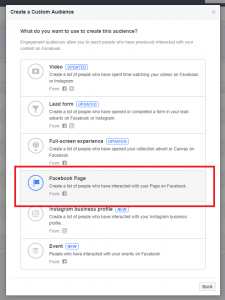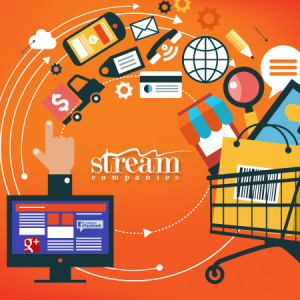
blackmachinex / Pixabay
Without realizing it, social learning has been a part of workplaces for centuries. We are always learning from colleagues in one way or another, whether or not it directly relates to the work we are doing that day. Social media amplifies this. Spending any amount of time on any platform and you almost always learn something new.
Now companies are finding ways to integrate social learning into continuous personal development (CPD) programs and corporate learning solutions. Not unlike peer mentoring and coaching, a method that has been used in sales training, entrepreneurial incubators and accelerators for decades.
What is social learning?
Unlike traditional classroom-based training, with an instructor, social learning is a way of exchanging knowledge through collaboration, observation, and interactions with others. It is a valuable way of learning from others. Either colleagues with more experience in the same department or team, or those from teams that wouldn’t normally interact, as a way of increasing cross departmental collaboration and sharing knowledge, skills and experiences.
Our brains are hard-wired to learn socially. It is how our ancient ancestors found out where there were enemies and danger. We learn from others naturally, take cues and assume truth when we are told something, unless instinct, logic and investigation proves otherwise.
In a workplace, peer learning is a natural part of how colleagues support one another. Sharing best practices and providing help when people need it. Now companies are looking to provide support structures in place to improve the facilitation of social learning and integrate it with other CPD programs and systems, both in-person and through eLearning platforms.
According to the leading advocates of social learning, Bandura and Walters, in 1963 (Social learning and personality development), to put social learning theory into practice it needs to include the following:
- It is a cognitive process that takes place in a social context;
- Learning can happen when people observe a behavior and by observing the consequences of those actions (vicarious reinforcement);
- Knowledge can be obtained from observational learning or modelling (those involved don’t need to witness changes in behaviors);
- Reinforcement plays a role in the learning process, but it’s not an essential component in every social learning environment;
- Learners are not passive. Sharing and collaboration between peers is an important part of the process; people should play a mutual influence on one another (reciprocal determinism).
Building on this, a Bonwell and Eison study published by the Association for the Study of Higher Education (ASHE) in 1991 recommended active learning was adopted in workplaces. Active learning, compared to simply listening to an instructor, means learners do and then think about the actions they’re taking part in.
Combining social and active learning is a powerful way to share, collaborate and reinforce knowledge in a practical and proactive way. Let’s look at ways these methods can be incorporated into workplace environments.
How to incorporate social learning?

Free-Photos / Pixabay
1. Assess the appetite for social learning
Before you pitch this to a senior manager, assess whether this is suitable for your workplace and the teams who could take part. Is this something people want to do? Even with the known benefits and high-impact outcomes of social learning, not every working environment is suitable. Know your audience and learners and judge whether this is the right way forward.
2. Design the targets and outcomes
Next, consider the outcomes and targets. What impact do you want it to have? How can it support and work alongside existing L&D programs, or where can it potentially replace aspects of current training programs that maybe aren’t creating the desired outcomes?
Focus on the value social learning can create and the ongoing outcomes you want to achieve.
3. Use the right platform
There is an appetite for learning that can take place at the convenience of the learner. People want freedom and choice, especially when it comes to aspects of training that are social in nature. As a result, social learning is going to take place as much if not more though digital platforms than in-person.
Because of this, companies are going to need a platform that will facilitate social learning. An LMS isn’t always suitable, and neither can you use social networks. A custom-made hybrid of the two could be the best approach.
Learners need the following:
- An easy way to interact, comment and engage in discussions;
- Access to mentors and course leaders (they could be third-party or in-house);
- Ways of sharing experiences, knowledge and new learning materials;
- A way to contribute new knowledge to the knowledge base and ways;
- Communities and groups that focus on specific topics and knowledge areas.
4. Take ownership
Without ownership and C-level support, an initiative such as this can flounder and lack visibility. Make sure there is someone who wants to own the initiative, with the relevant support, and time to dedicate to it and encourage staff to take part and join in.
5. Encourage collaboration
As is the case with any CPD program, social learning needs internal awareness around it. Posters, emails, and company-wide messages should encourage people to sign-in and start using the collaborative knowledge-sharing platform. Monitor usage and make sure managers are visibly contributing and encouraging collaboration by team members.
Integrate social learning modules into existing CPD and L&D programs. It can also be a useful part of group collaborative projects and inter-departmental team initiatives.
Whether learning happens in-person or online, we need to learn from others. Forward-thinking companies can adopt and integrate these basic needs as a core part of how team members learn, collaborate and share knowledge. With the right platform and support in place, everyone across an organization will gain from social learning.
Business & Finance Articles on Business 2 Community
(43)
Report Post








